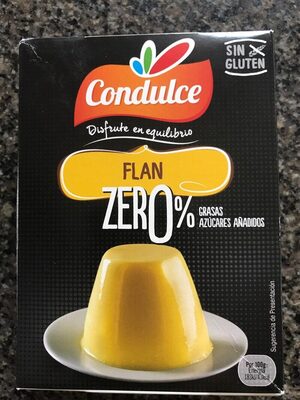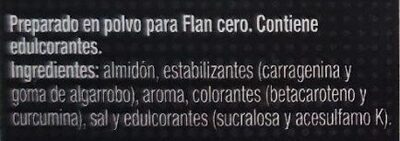Flan Zero 0% - Condulce
Aquesta pàgina del producte no està completa. Podeu ajudar a completar-la editant-la i afegint-hi més dades a partir de les fotos ja disponibles, o fent-ne més amb l'aplicació de androide o iPhone / iPad. Gràcies!
×
Codi de barres: 5602477835557 (EAN / EAN-13)
Marques: Condulce
Categories: Ajudants de cuina, en:Dessert mixes, fr:Préparations pour flans
Etiquetes, certificacions, premis: Lliure de gluten, Sense sucre afegit
Països on es va vendre: Espanya
Matching with your preferences
Entorn
Empaquetament
Transport
Report a problem
Fonts de dades
Producte afegit per elcoco
Última modificació de la pàgina del producte per moon-rabbit.
La pàgina del producte, també editada per elcoco.c17f7de185ee1fe9acd3fe4d1e0846eb, kiliweb, roboto-app, yuka.WWFjc0s3UmUvOE0zaXNjQStobU53OWx0MmJPWVVtT01LN1liSVE9PQ.
Si les dades són incorrectes o incompletes, pot completar o corregir editant aquesta pàgina.








